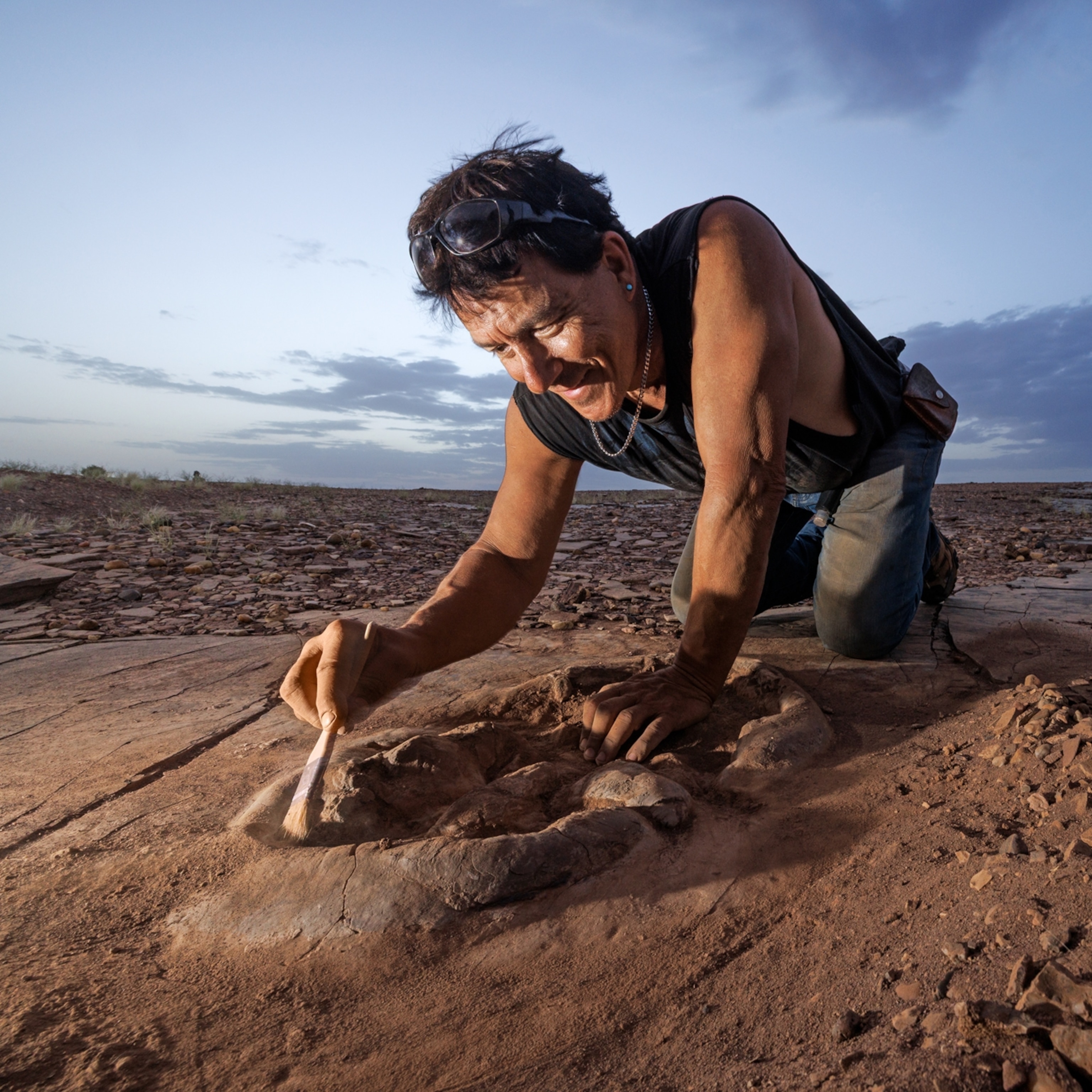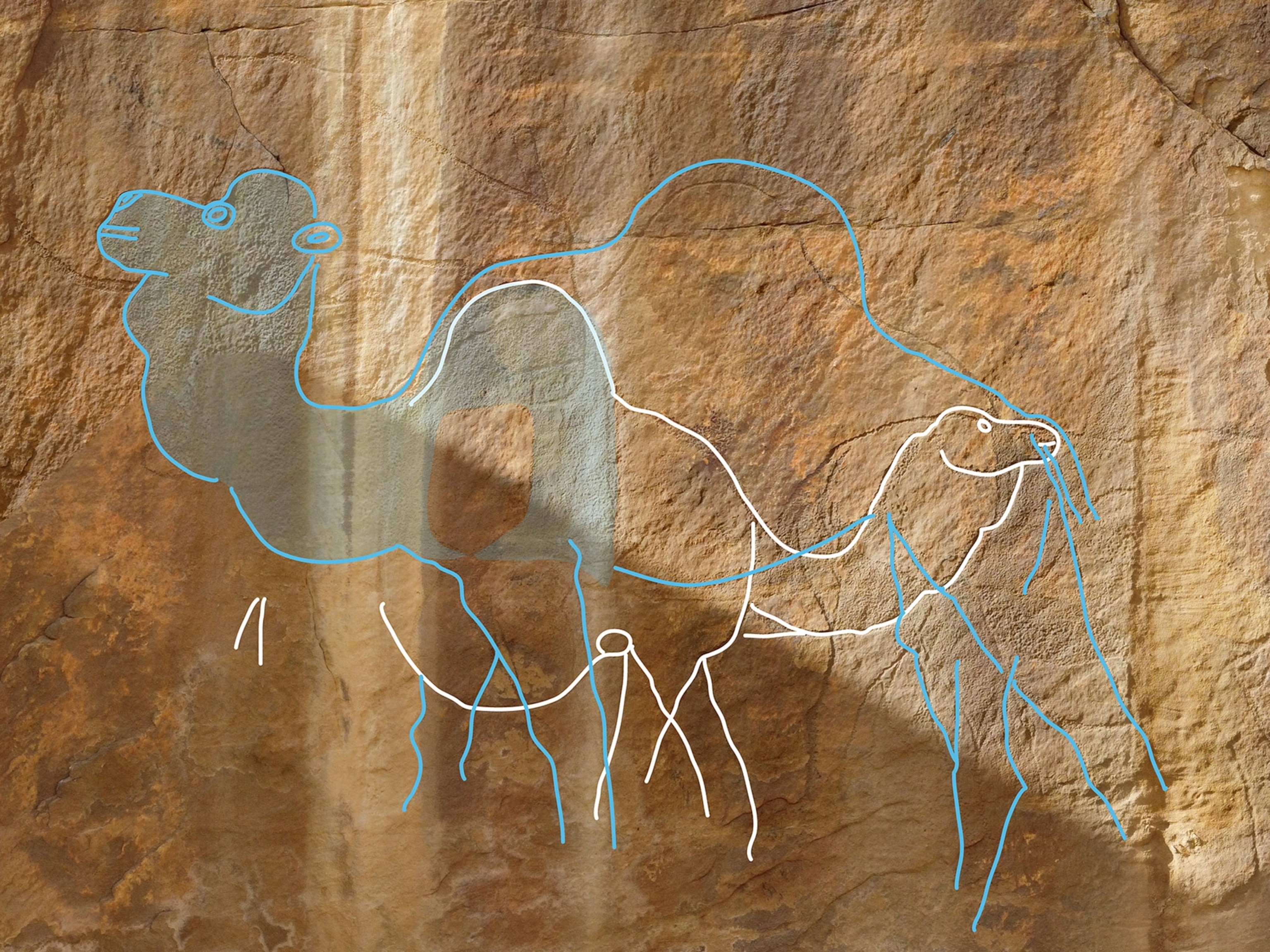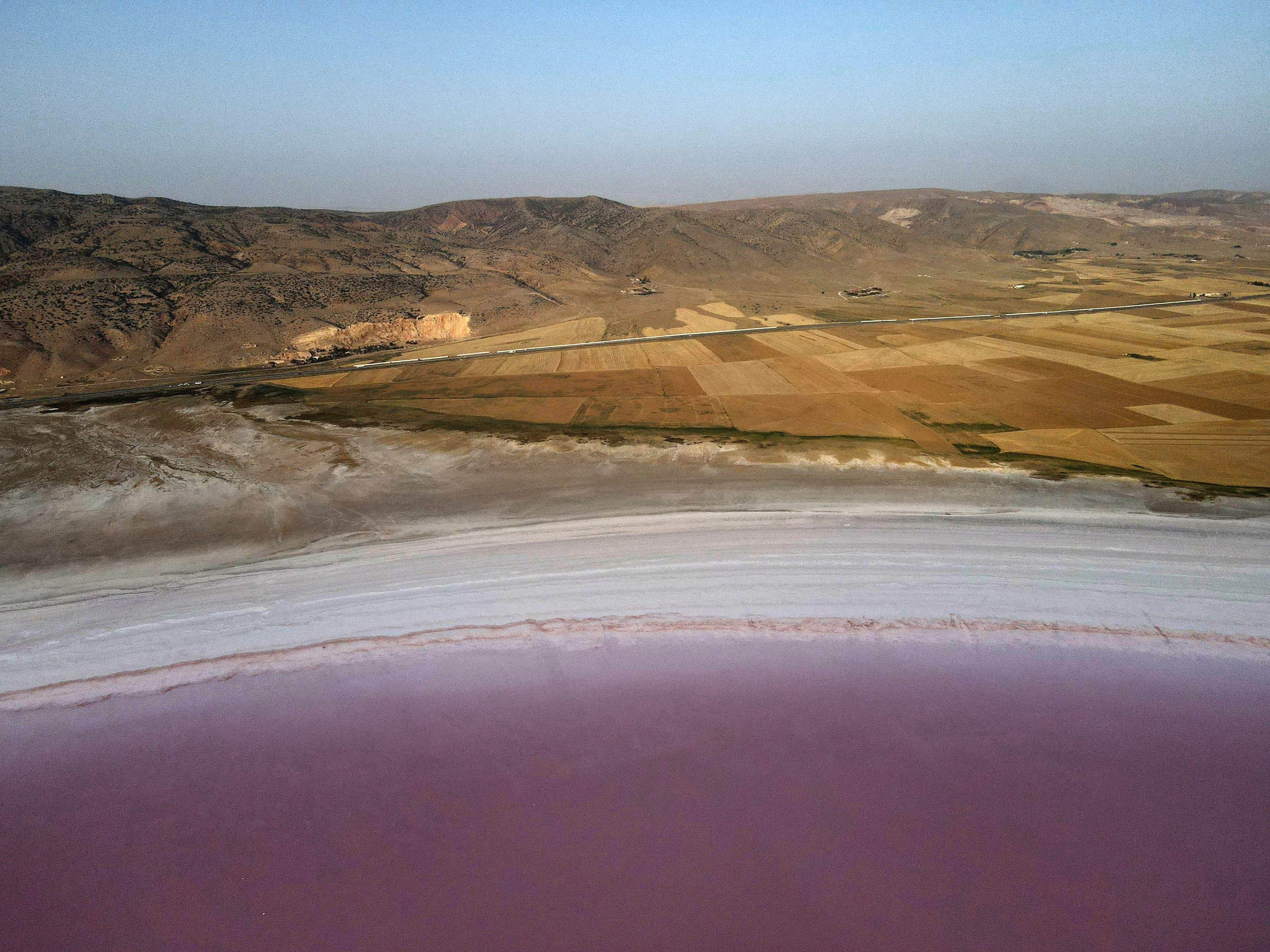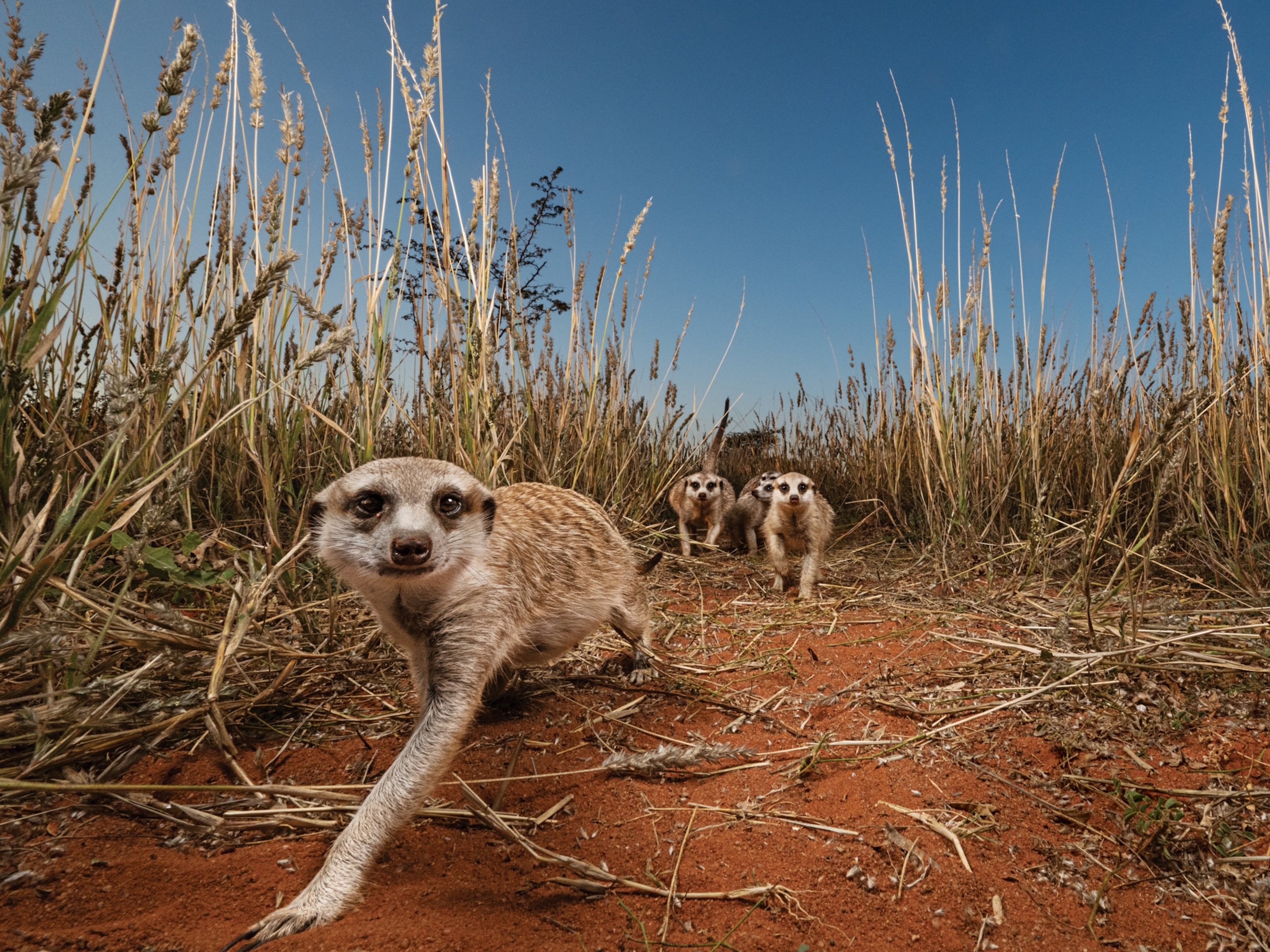
See the people who live in a legendary underground town
Beneath the desert of South Australia, a photographer finds a community of opal miners with a "crazy and unusual life."
Coober Pedy, a small town in the southern Australian outback over 500 miles from the nearest city, is vast, flat, and arid. In the summer, the heat can climb to 113ºF in the shade, leaving the entire area hot and desolate. If you've seen the postapolcalyptic movie Mad Max: Beyond the Thunderdome—parts of which were filmed nearby—you get the idea.
Photographer Tamara Merino discovered the town by accident when a flat tire sidelined her on a road trip through the Australian desert. She was with her boyfriend, and as they explored, they came across old signs advertising an "underground bar" and "underground restaurant." They then discovered an underground church, with candles burning, and small earthen hills with doors carved into the sides. But not a soul in sight.
(On the latest episode of our podcast Overheard, we chat with Merino, who takes us subterranean in Utah, Australia, and Spain where modern-day cave dwellers teach us how to escape the heat. Listen now on Apple Podcasts.)
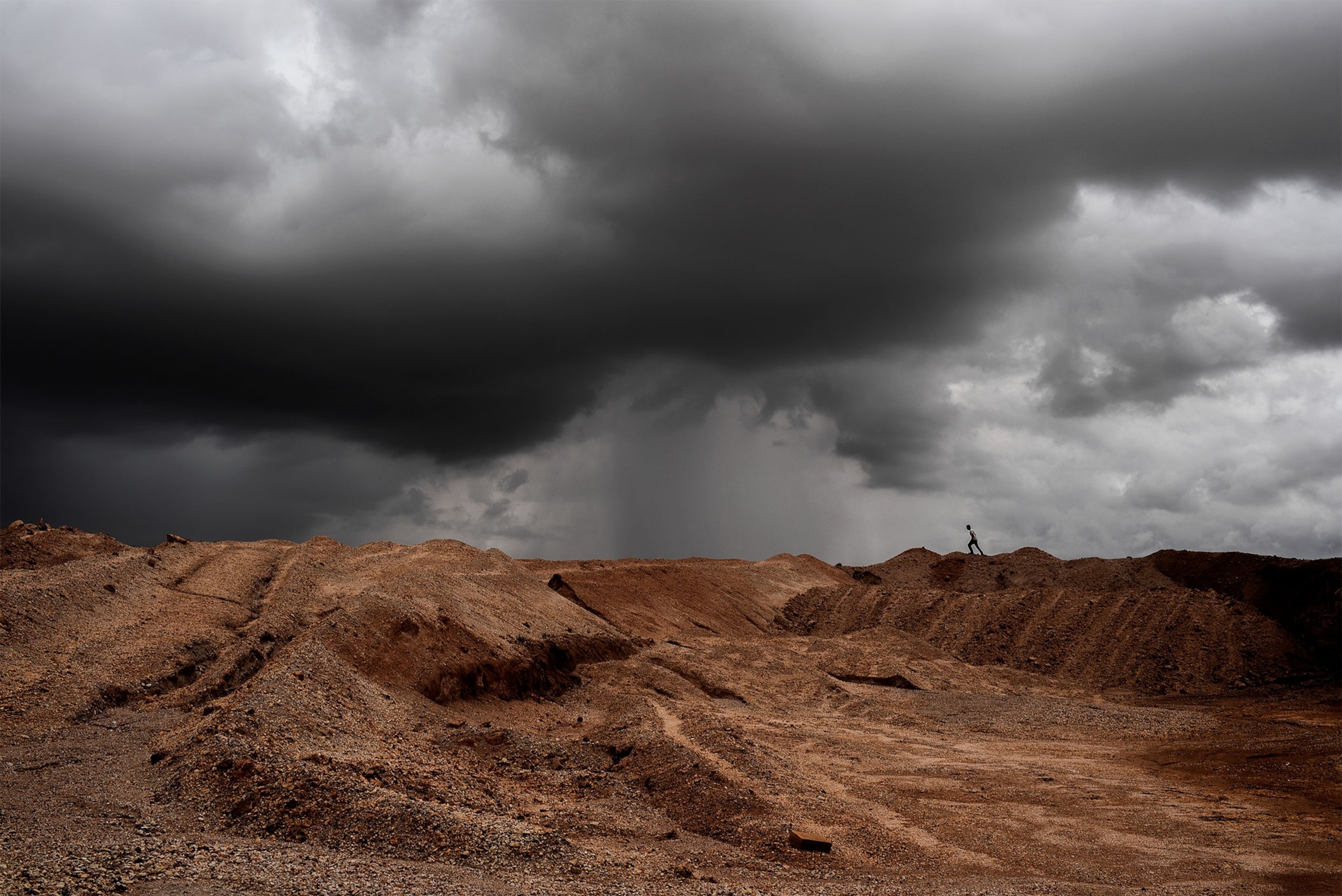
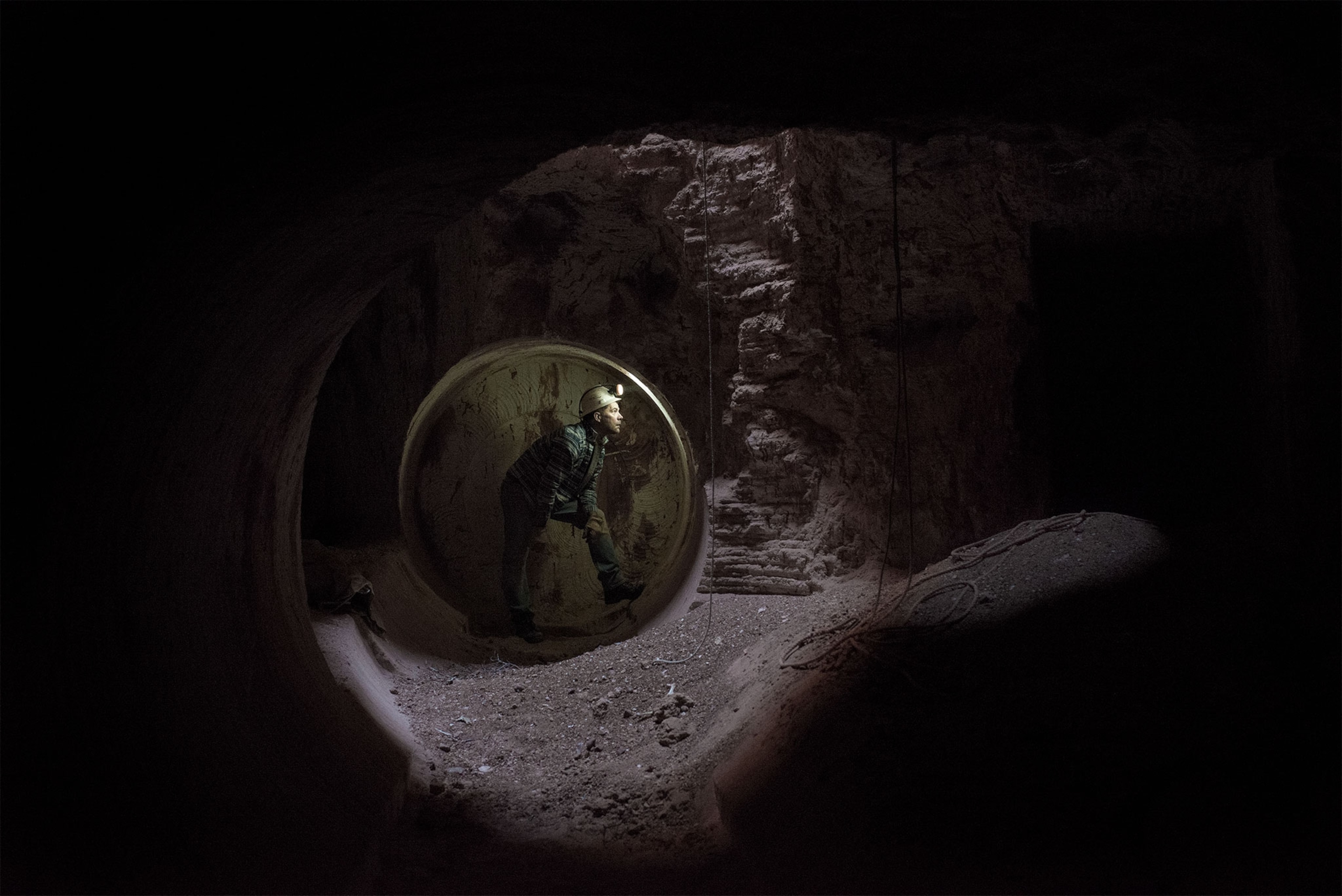
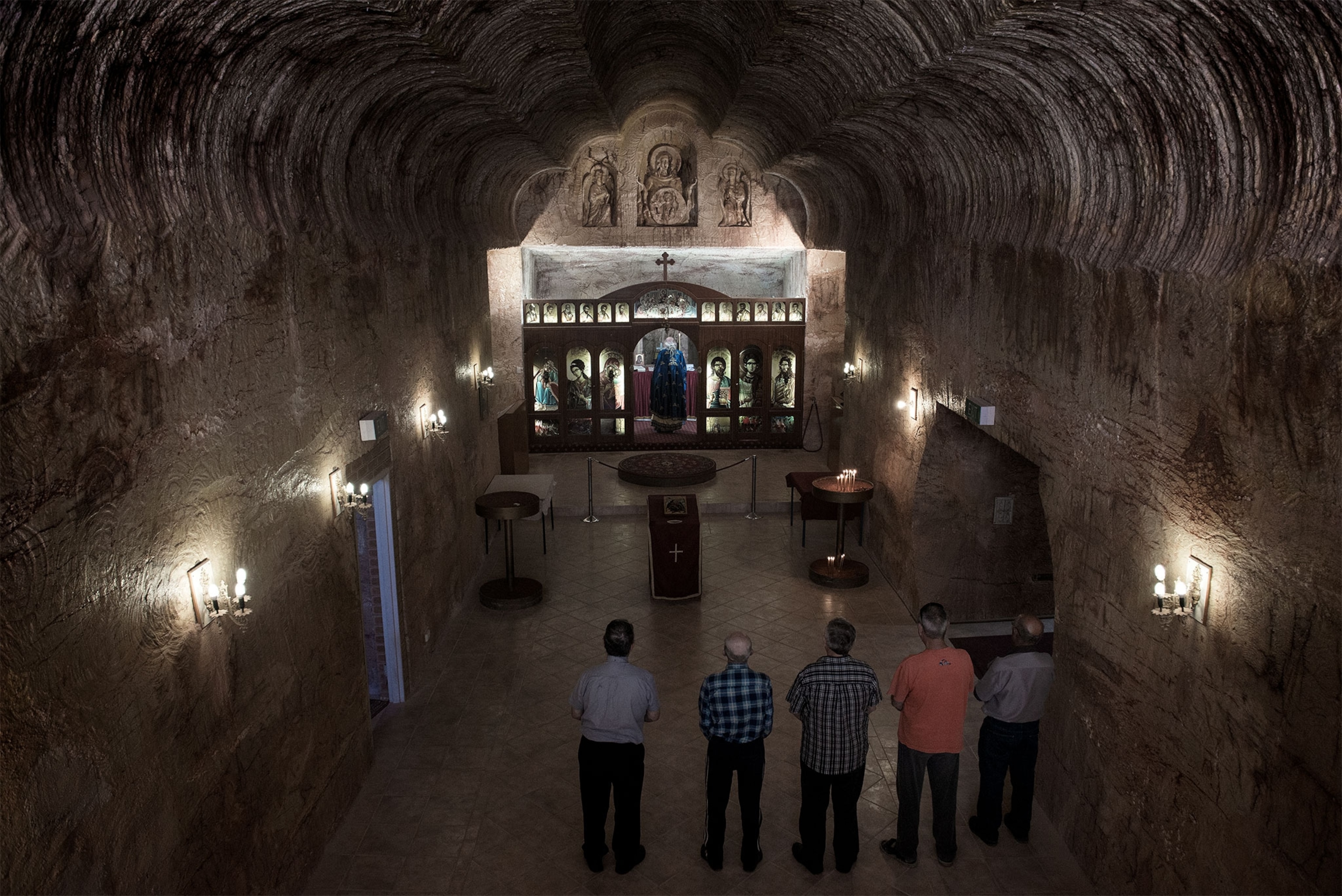
They camped in their 1985 camper van for five days with no air conditioning, windows rolled up in the heat to keep out poisonous spiders and snakes. "Those were hard days," Merino says, "but worth it when we started meeting people."
They met someone on day six—a German woman named Gaby, who had lived there several years with her husband. Merino, who speaks some German, struck up a conversation and the two bonded. Gaby invited the couple to come in out of the heat into their home.
It was then that she learned that the majority of Coober Pedy's population lives in underground homes called dugouts. "I couldn't believe [it] when I first crossed the door from the desert," she says. "It was a cave!"
While, practically speaking, these excavated hollows in the sandstone offer residents a respite from the extreme conditions, the reason they exist is the same reason the town exists: opal mining.
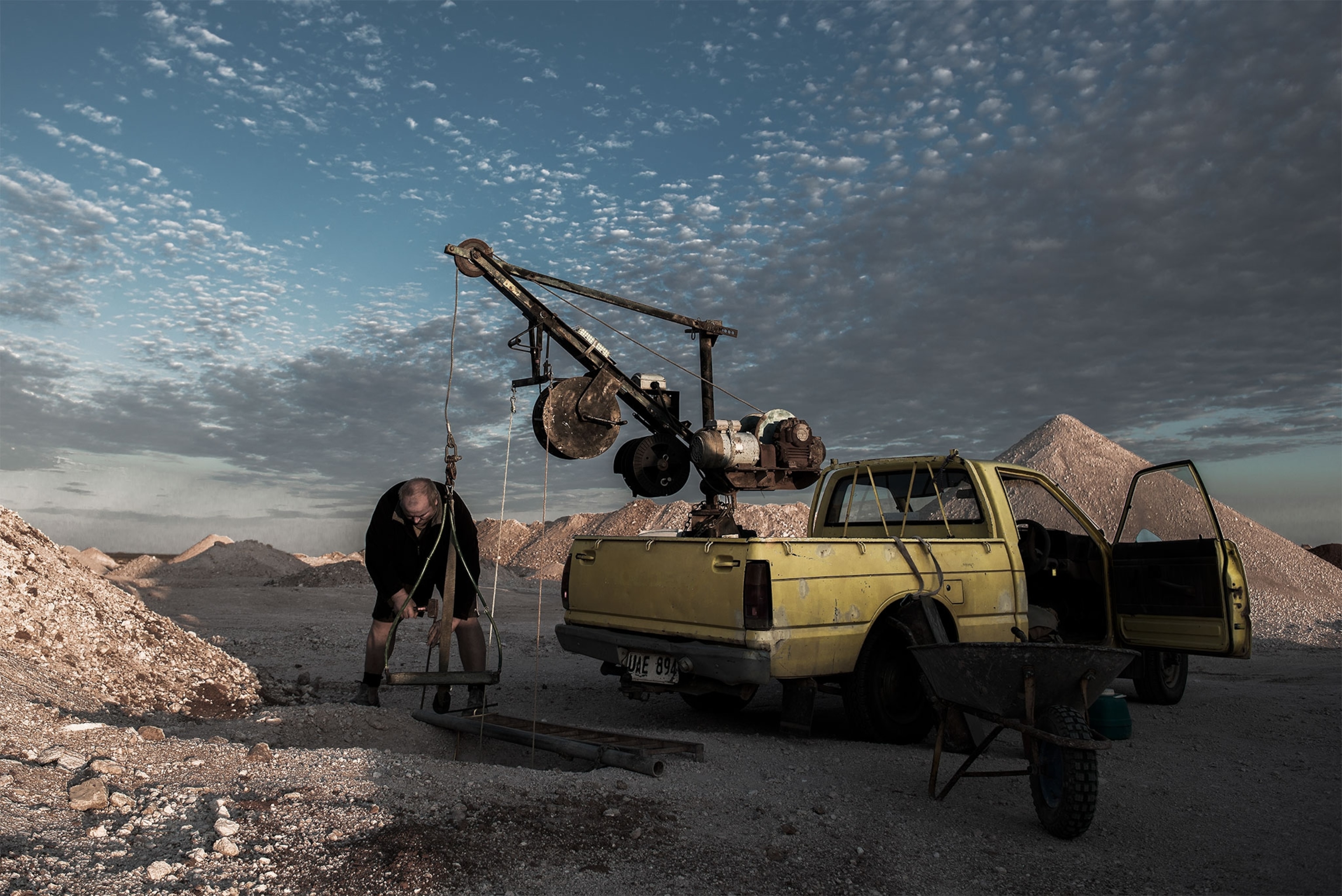
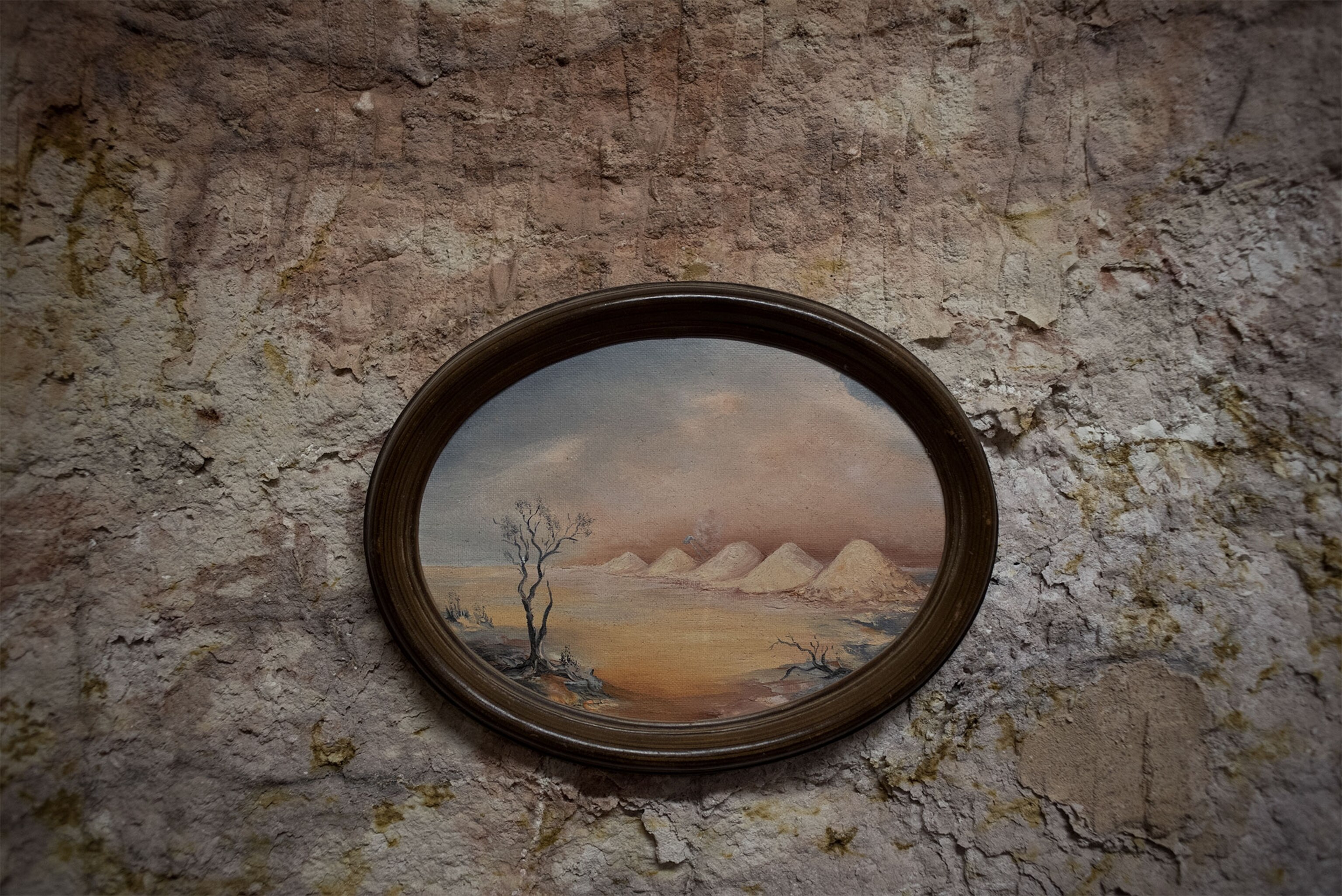
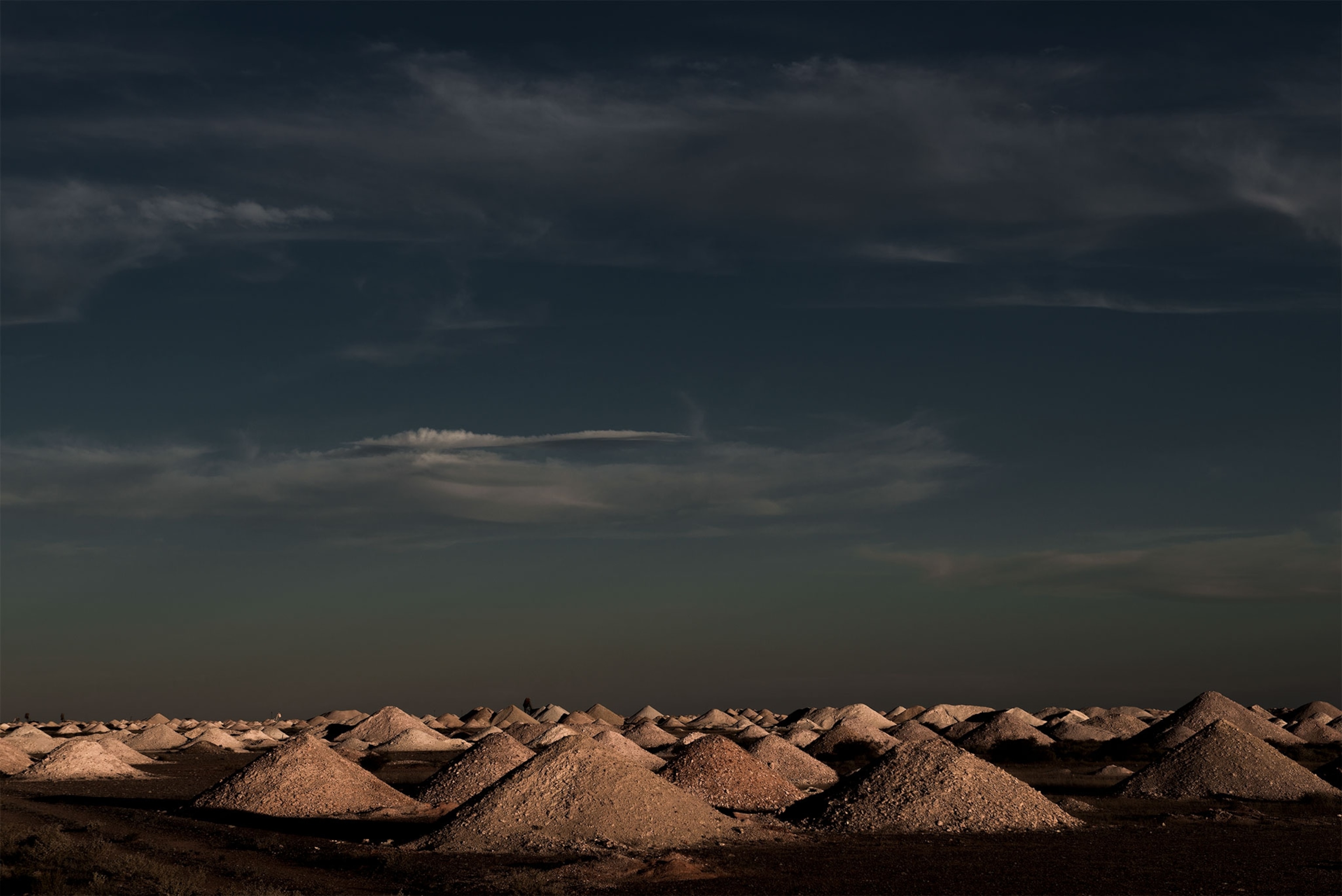

The gemstone was discovered there in 1915, leading to a mining boom as people came in search of their fortune. (The name Coober Pedy is an anglicized version of the Aboriginal words kupa-piti, commonly assumed to mean "white man in a hole.") Among those first-comers were soldiers returning from World War I—people who knew how to live in, and build, trenches. The early days, Merino was told, were like the Wild West. People who found opal were said to have slept next to their finds with guns to ward off would-be thieves.
The boom was followed by a leveling off, and today, Merino says, with less miners in the field and fewer young people committing to the financial uncertainty and physical hardships of this way of life, the industry is declining. Yet with an estimated 70 percent of the world's opal being mined in Coober Pedy, the industry, along with tourism, still sustains the town.
Gaby's husband, Jürgen, a miner, took Merino down on an electric winch 49 feet into the mine he was working. "The 45-second journey down seemed like an eternity,” she says. “There are only just a couple of spotlights at the entrance shaft, and walking around with a torch in the complete darkness feels like a labyrinth that doesn't lead you anywhere. But the miners know that opal is there somewhere—they just have to find it."
Merino stayed for a couple of weeks and later returned for a month in March to spend more time exploring this subterranean culture. Slowly she made more friends, like Martin Faggetter, who has spent the past 20 years mining for opal in the walls of his home 82 feet below the soil. "I got my own bank if I want to get a shovel out," he told Merino.
And with more friends came more stories. "Overall there are no rules [in] this business, as they work for themselves," Merino says. "They work when they want, and if they find something, they will forget about what time it is in the world above. It's a crazy and unusual life. They could be a millionaire any day or they could not find anything for years."

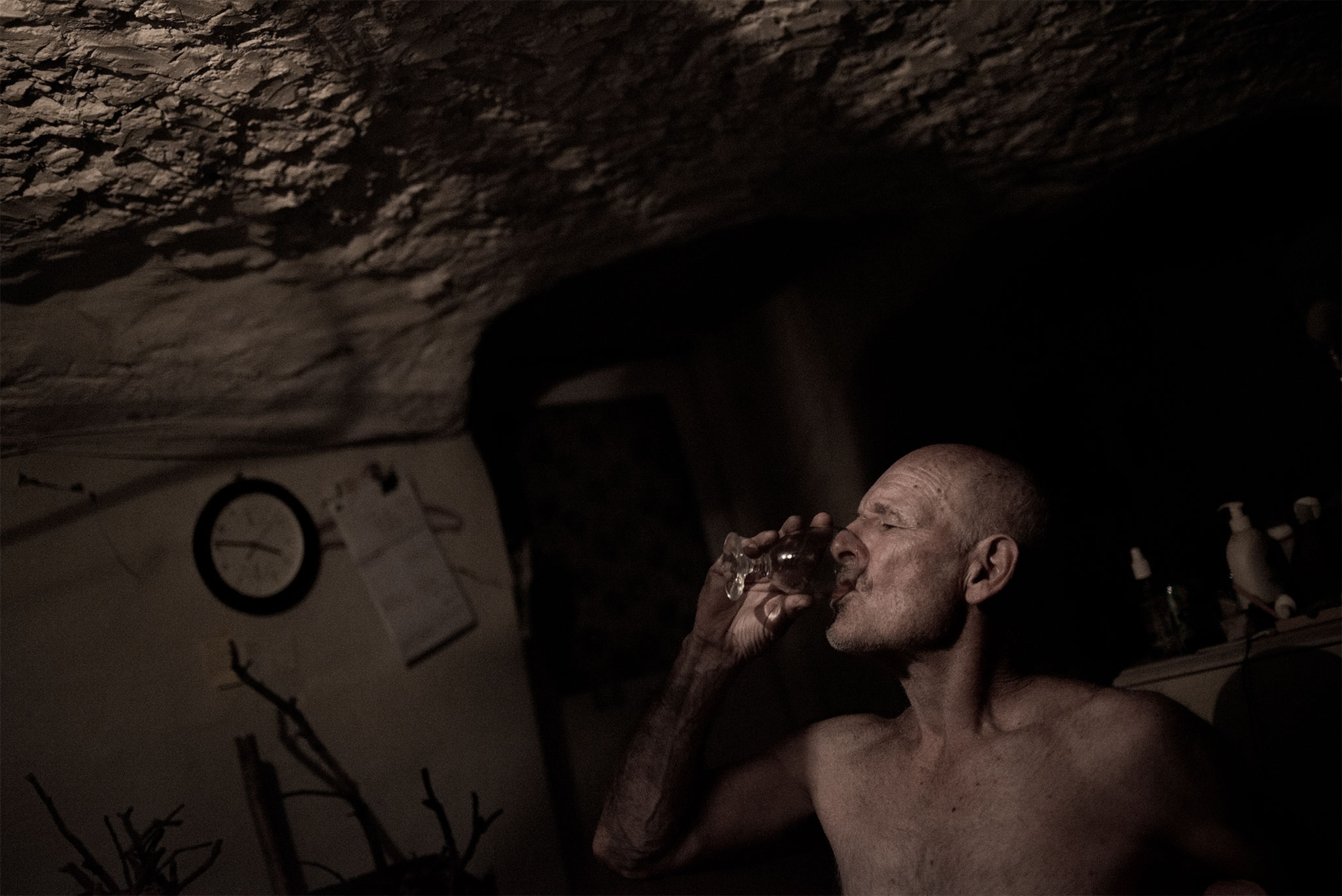
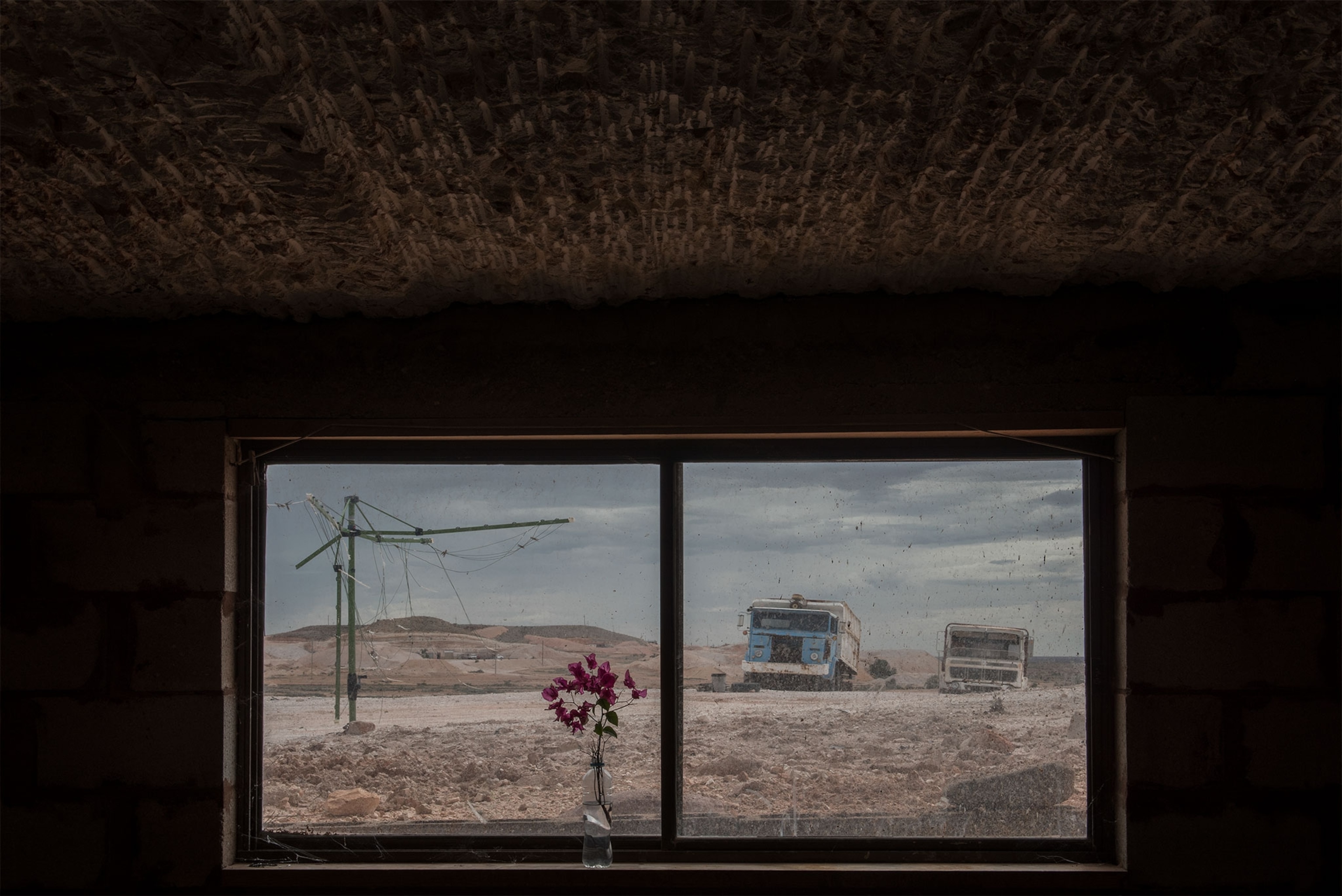
For Merino, the most captivating thing about this place is the relationship between the people and the object of their passion. "Coober Pedy is a place for many to start a new life," she says. "Opal is everywhere; they just have to find it. Rich miners have nice cars [and] big houses, and they usually throw big parties and invite all [of their] friends over to eat and drink."
"But some of them haven't been that lucky. They came looking for the big dream and never found anything. [There are still others] that [made] millions of dollars and then lost everything [to] machinery expenses, parties, gambling, or alcohol. I was fascinated with the fact that a stone can drive people into the deepest joy or misery. Somehow, I needed to meet those people and hear those underground stories. I wanted to be part of it—and I got to do that."



